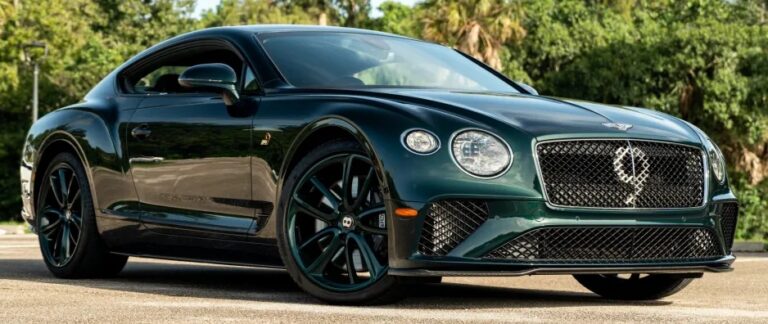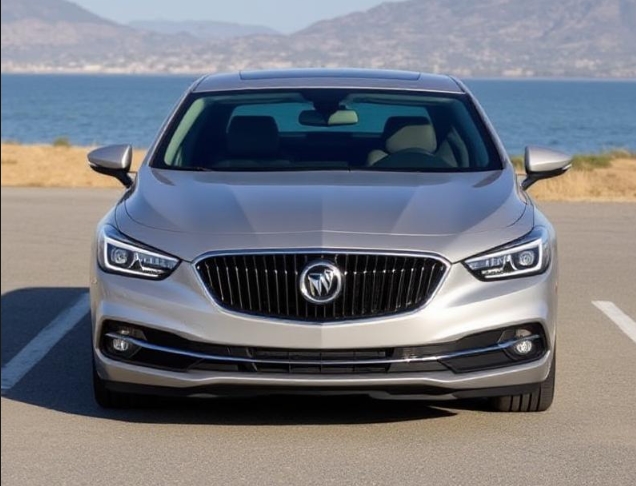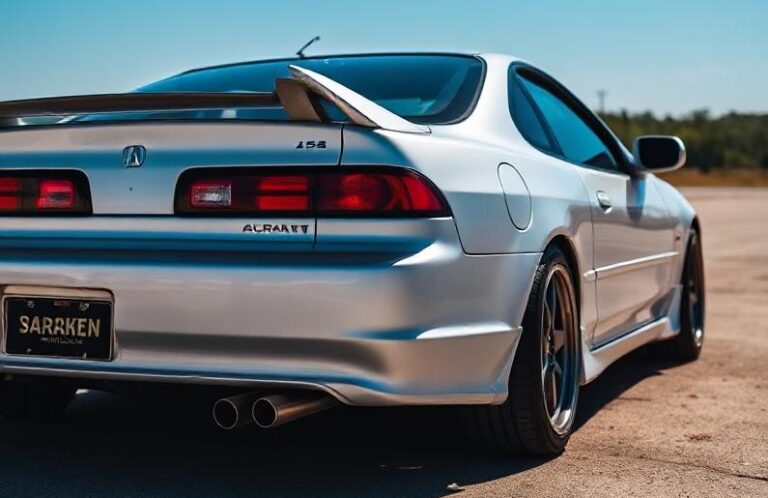The Evolution of the Peugeot 508
The Peugeot 508 has established itself as a flagship model in Peugeot’s lineup, representing the brand’s commitment to blending elegance, innovation, and driver-oriented performance. Since its initial debut, the 508 has undergone significant transformations, reflecting technological advancements, shifting market demands, and Peugeot’s design philosophy. This article chronicles the evolution of the Peugeot 508 from its inception to the present day, detailing production years, models, and trim levels.
First Generation (2008–2018)
Introduction and Development
The Peugeot 508 was launched in 2010 as a replacement for the Peugeot 407, marking Peugeot’s move into the more premium, upscale segment of the mid-size sedan market. However, development of the 508 began in the mid-2000s, with prototypes and design studies appearing as early as 2008. The model officially premiered at the 2010 Geneva Motor Show and went on sale in 2011.
Design and Platform
Built on the PSA EMP2 (Efficient Modular Platform) architecture, the first-generation 508 featured a sleek, modern design emphasizing elegance and aerodynamics. Its styling was characterized by a prominent grille, sharp headlights, and a streamlined profile, aligning with Peugeot’s “i-Cockpit” philosophy that would become a hallmark.
Production Years
- Manufactured: 2010–2018
- Market Launch: 2011
Models and Trim Levels
Throughout its first generation, the Peugeot 508 was available in multiple trims, often reflecting regional preferences and market strategies. In general, the model lineup included:
- Access / S: The base trim offering essential features with manual transmission options.
- Active / Allure: Mid-level trims adding comfort features, upgraded infotainment, and aesthetic enhancements.
- Feline / GT Line: A sportier trim with stylistic touches, alloy wheels, and additional technology.
- GT / GT Pack: The performance-oriented trim featuring more powerful engines, sporty styling cues, and premium features.
- RXH Hybrid: A hybrid variant combining a diesel engine with electric power for improved fuel economy and reduced emissions.
Engines and Powertrain Options
The first-generation 508 was available with a variety of petrol, diesel, and hybrid engines, including:
- Petrol Engines: 1.6L THP, 1.6L VTi, 1.6L Turbo, 1.6L THP with turbocharging, and later 1.2L PureTech.
- Diesel Engines: 1.6L HDi, 2.0L HDi, and 2.2L HDi, with power outputs ranging from approximately 112 to 163 horsepower.
- Hybrid: The Peugeot 508 RXH hybrid combined a 2.0L HDi diesel engine with electric motors, producing around 200 horsepower.
Special Editions
Peugeot released various special editions during this period, such as the “Black Edition,” “Sportium,” and “Allure Pack,” which added unique styling elements, interior upgrades, or technological features.
Second Generation (2018–Present)
Introduction and Design Philosophy
The second-generation Peugeot 508 was unveiled at the Geneva Motor Show in March 2018, with production commencing shortly thereafter. This new iteration marked a significant departure from the previous model, embracing a more dynamic and aggressive design language, with sharply styled lines, a prominent grille, and a lowered stance.
Built on the EMP2 platform, the second-generation 508 exemplifies Peugeot’s “power of choice” philosophy, offering a range of powertrains including traditional internal combustion engines, plug-in hybrid variants, and fully electric models.
Production Years
- Manufactured: 2018–present (as of 2023)
- Market Launch: 2018
Models and Trim Levels
The 2018 model introduced a more refined and technology-rich lineup. The primary trims included:
- Active: Entry-level trim with essential features, focusing on comfort and connectivity.
- Allure: Mid-range offering additional luxury features, advanced safety tech, and upgraded materials.
- GT Line: Sportier styling with unique bumpers, larger wheels, and interior accents.
- GT: The top-tier trim emphasizing sporty performance, premium materials, and cutting-edge technology.
In certain markets, additional variants and special editions appeared, such as:
- Hybrid GT: Incorporating plug-in hybrid technology with higher-performance tuning.
- Electric e-508: Fully electric variant introduced later in the model’s lifecycle, emphasizing Peugeot’s electrification strategy.
Powertrain and Engine Options
The second-generation 508 boasts a broad spectrum of powertrains:
- Petrol Engines: 1.2L PureTech turbocharged three-cylinder, 1.6L PureTech, and 1.6L Turbo variants.
- Diesel Engines: 1.5L BlueHDi, 2.0L BlueHDi, with outputs ranging from 110 to 180 horsepower.
- Plug-in Hybrid (PHEV): The 508 Hybrid combines a 1.6L turbocharged petrol engine with an electric motor, delivering total system outputs of approximately 225 horsepower. The PHEV features an 11.8 kWh battery enabling electric-only ranges of around 40-50 km (WLTP).
- Electric (e-508): Fully electric variant with a 100 kWh battery, offering over 300 miles (WLTP) range and rapid charging capabilities.
Technology and Features
The new 508 emphasizes driver assistance and connectivity:
- i-Cockpit Digital Dashboard: Customizable digital instrument cluster.
- Infotainment: Large touchscreen displays with Android Auto and Apple CarPlay.
- Driver Assistance: Adaptive cruise control, lane-keeping assist, autonomous emergency braking, parking assistance, and night vision.
Design and Styling
The second-gen 508 features a coupe-like silhouette, with a fastback roofline and bold front fascia. The interior emphasizes minimalism, driver-centric controls, and high-quality materials.
.
Many car aficionados have multiple hobbies, like boating as well as auto stuff. Those who don’t already own a boat (and even some that do), may have thought about building their own boats. It’s really not as hard as you’d think. Just take a look at these easy boat building plans!

.
Evolution of Models and Trims Over the Years
| Year | Model/Trim Highlights | Notable Features |
|---|---|---|
| 2011 | Launch of first-gen 508 | Basic trims: Access, Active, Feline, GT, RXH Hybrid |
| 2013 | Introduction of GT Line | Sporty styling cues added to mid-range trims |
| 2014 | Facelift (minor) | New front grille, LED lighting |
| 2016 | Extended engine options | 1.6L Turbo, 2.0L BlueHDi, hybrid introduced |
| 2018 | Second-gen 508 announced | All trims refreshed; addition of plug-in hybrid and electric variants |
| 2019 | Launch of PHEV and e-508 | Expanded hybrid lineup |
| 2020 | Advanced driver aids introduced | Semi-autonomous driving features |
| 2022 | Facelift with updated front and interior | New infotainment system, enhanced styling |
Special Editions and Market Variants
Throughout its production history, Peugeot has released several special editions to boost sales and offer unique styling:
- Black Edition: Black exterior accents, exclusive interior materials.
- First Edition: Limited run with unique badges, premium features.
- Sport Pack: Enhanced sportiness with suspension tweaks, sporty wheels.
- Electrified Editions: Focused on hybrid and electric models, emphasizing Peugeot’s commitment to electrification.
Conclusion
The Peugeot 508 has evolved markedly since its inception, transitioning from a traditional mid-size sedan into a technologically advanced, design-forward vehicle that aligns with modern mobility trends. Its first generation laid the foundation with a focus on elegance and efficiency, while the second generation pushed boundaries with bold styling, electrification, and high-tech features. The range of models and trims reflects Peugeot’s strategy to appeal to a diverse array of customers—from those seeking practicality and comfort to enthusiasts craving sporty performance and innovation.
As Peugeot continues to innovate, the 508 remains a central pillar of its lineup, exemplifying the brand’s dedication to style, sustainability, and driver engagement. The ongoing development of hybrid and electric variants underscores the model’s future-oriented direction, ensuring that the Peugeot 508 remains relevant in the rapidly changing automotive landscape.







